Plants or Crops
All Plants or Crops Content

SDSU Extension welcomes new weed management specialist
April 21, 2023
South Dakota State University Extension is pleased to announce the hire of Eric Jones as the new weed management specialist.
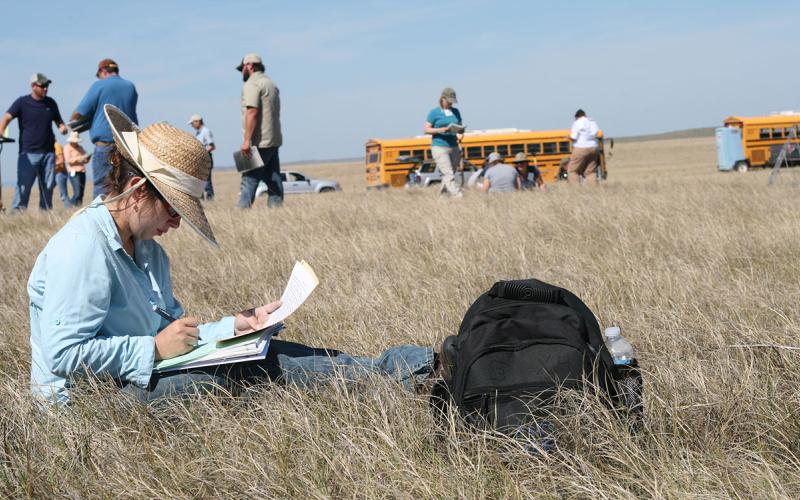
South Dakota Range Management Workshop Set for June 27-29
April 18, 2023
SDSU Extension is partnering with the United States Forest Service, Bureau of Land Management and Natural Resources Conservation Service to provide the 2023 South Dakota Range Management Workshop June 27-29 near Deadwood, South Dakota.
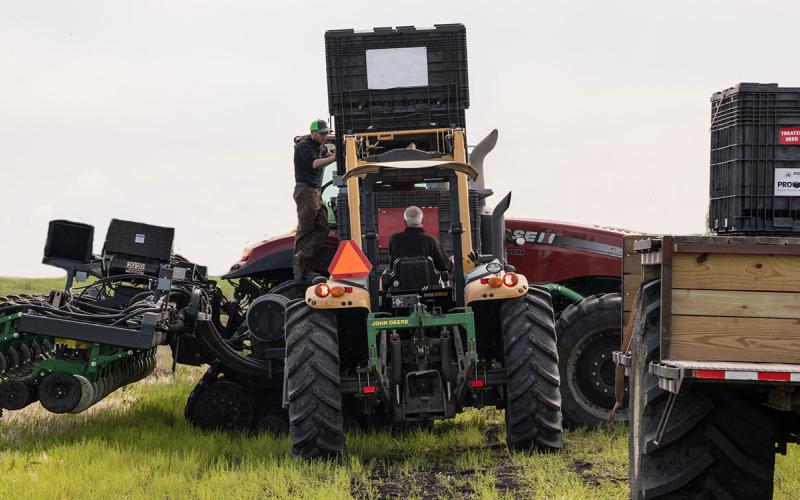
Tips to Prepare Your Planter: A Precision Ag Perspective
Planting time is nearly upon us, and setting your planter up properly can help save time, reduce unexpected costs, and increase your profitability and safety. Learn some expert tips for getting started!
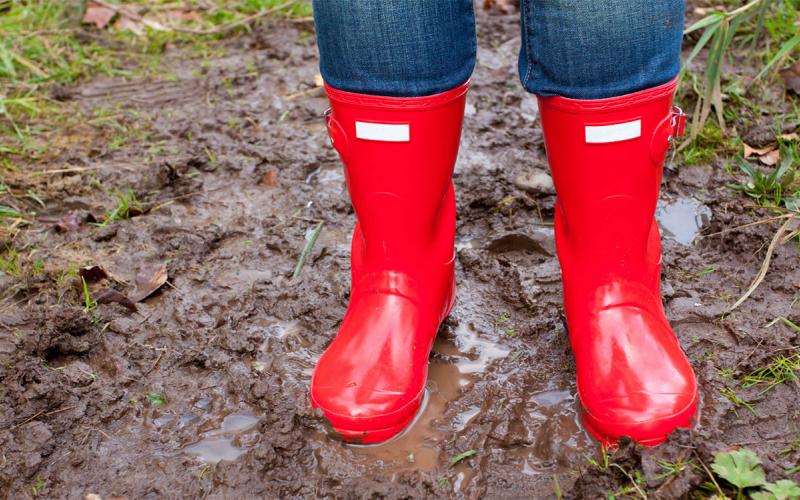
Preparing and Planting a Garden in a Cold, Wet Spring
Wet, cool springs present ideal conditions for soil and plant issues. Learn some expert tips for identifying and managing some of the most-common problems in soggy gardens.

Early Spring Bloomers
From the delicate "Glory of the Snow" to the stunning "Lenten Rose," learn about some of the beautiful, lesser-known, spring-blooming perennial flowers that can be grown in South Dakota gardens.
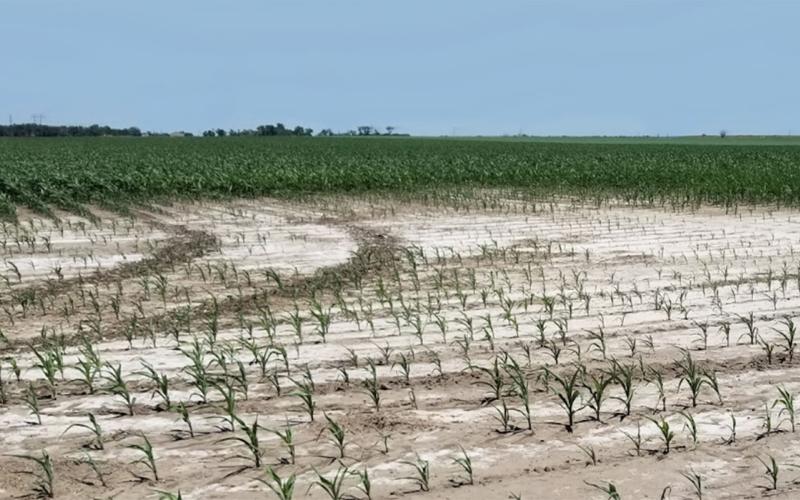
South Dakota producers share their stories with SDSU Extension’s Every Acre Counts program
April 05, 2023
SDSU Extension has released nine videos of producers sharing their experiences in the Every Acre Counts program.
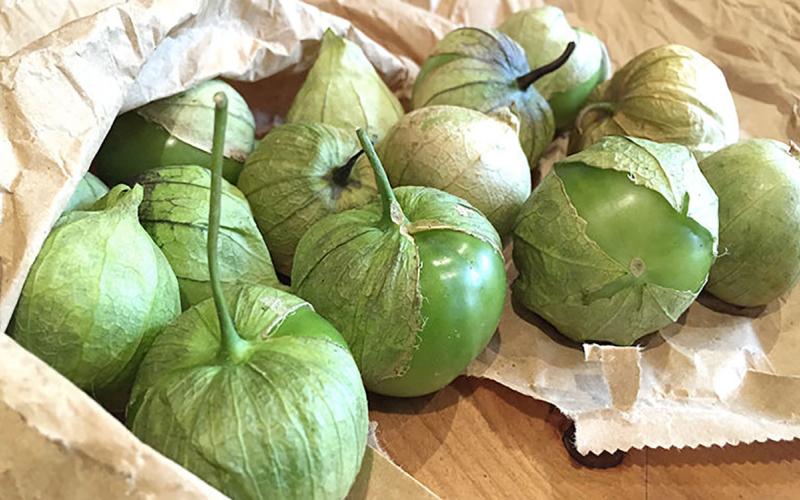
Tomatillos: Harvest and Storage
Tomatillos are an annual, warm-season crop with requirements similar to tomatoes. Learn how to select, grow, harvest and store them with this helpful guide!
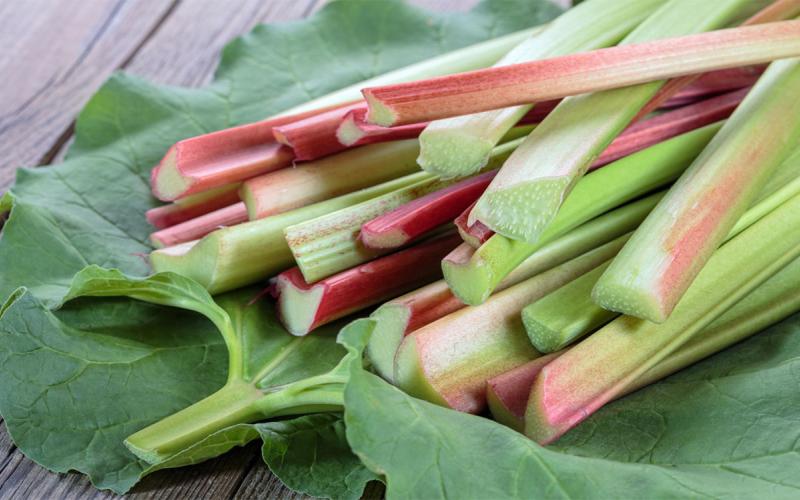
Rhubarb: Harvest and Storage
Rhubarb is a cool-season, herbaceous perennial commonly grown for its edible leafstalks. Learn how to select, grow, harvest and store rhubarb with this helpful guide!
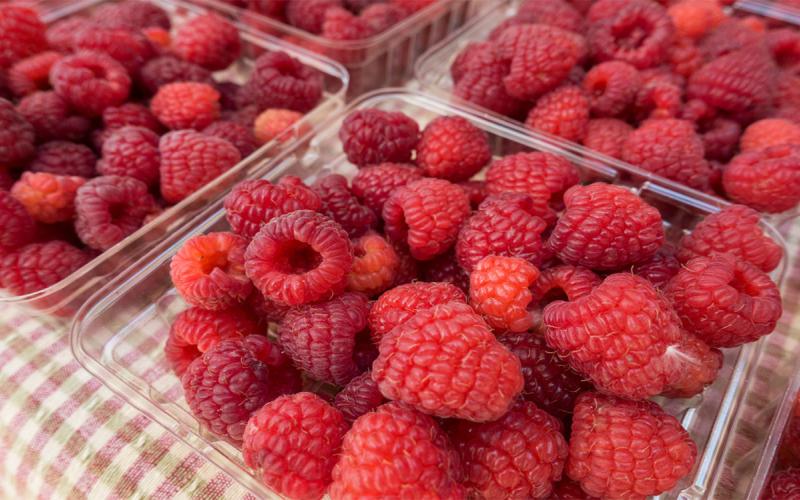
Raspberries: Harvest and Storage
Raspberries are a cool-season crop that produces fruit in the summer or fall depending on variety. Learn how to select, grow, harvest and store them with this helpful guide!
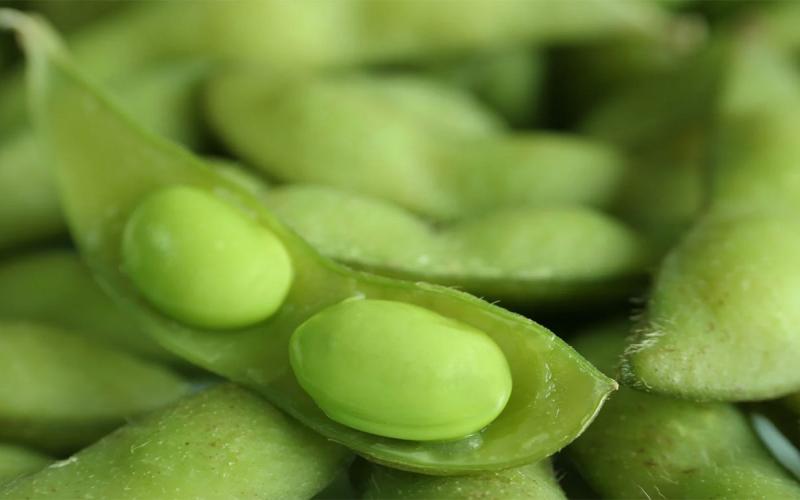
Edamame: Harvest and Storage
Edamame is the Japanese name for edible, immature soybeans, which are cooked prior to eating. Learn how to select, grow, harvest and store edamame with this helpful guide!